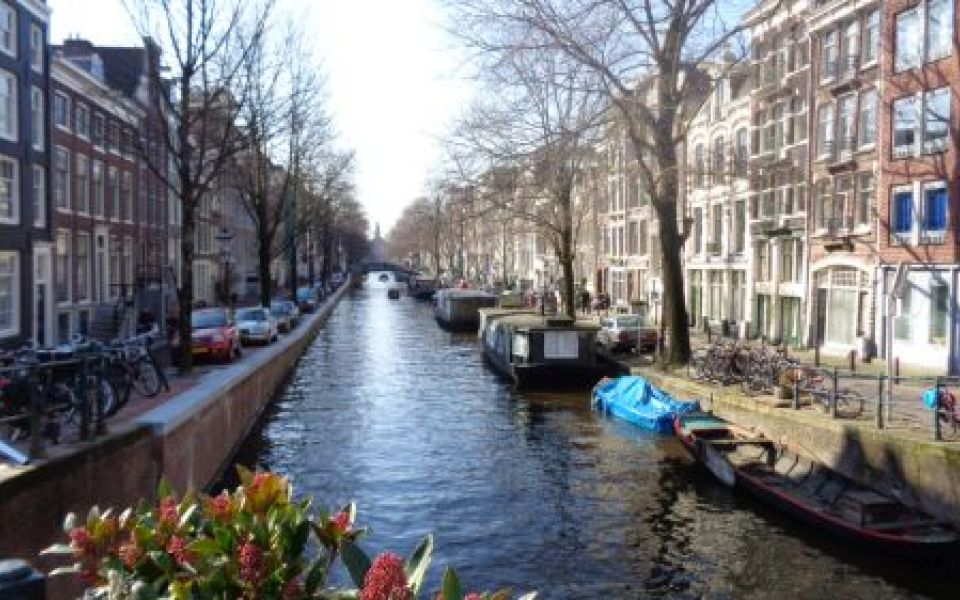Bloemgracht
This canal was built in the first half of the 17th century, connects the Prinsengracht with the Lijnbaansgracht and runs between (and parallel to) the Nieuwe Leliestraat and the Bloemstraat. The canal is named after the Bolwerk de Bloem. Initially, several dyers were located on and near the Bloemgracht and several sugar factories were also operating on this canal. Rembrandt van Rijn had a studio on the Bloemgracht. In 1635 there was also a well-known cartographer on the Bloemgracht: the Blaeu family created the Atlas Maior (Grooten Atlas van Blaeu) in 1662. The company was initially located at the corner of the Bloemgracht/Tweede Leliedwarsstraat and later at the corner of the Derde Leliedwarsstraat.
The three buildings at Bloemgracht 87, 89 and 91 are De Drie Hendricken. Since the last century, these buildings have been owned by the Hendrick de Keyser association, an organization that works to preserve historic buildings in the Netherlands. The three houses, dating from 1642, are built in Renaissance style and are very well preserved. The three facing bricks, the 'Steeman', the 'Landman' and the 'Zeeman', do not refer to the occupations of the inhabitants, but to three ways of life: the life of a city dweller, a villager and a sailor.
Bridges on the Bloemgracht
Bridge 120: the Atlas Bridge over the Bloemgracht, corner Derde Leliedwarsstraat (named after the Atlas Maior).
Bridge 121: Rosa Overbeekbrug, Eerste Bloemdwarsstraat to Tweede Leliedwarsstraat (named after the fictional girlfriend of Kees de Jongen).
Bridge 123: Kees de Jongenbrug, Bloemgracht over Prinsengracht (named after character from the book Kees de Jongen by Theo Thijssen).





